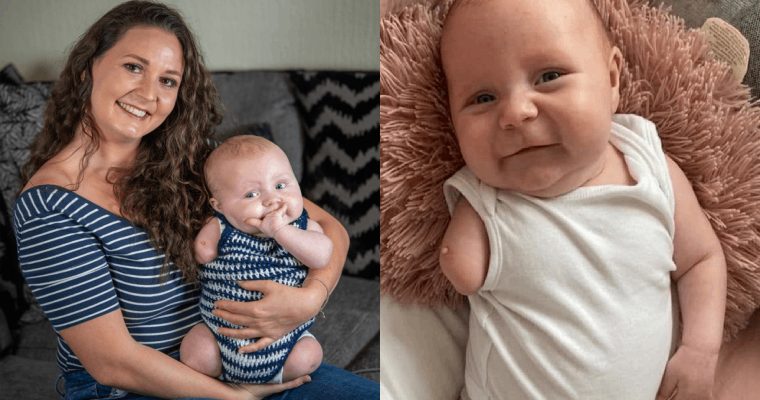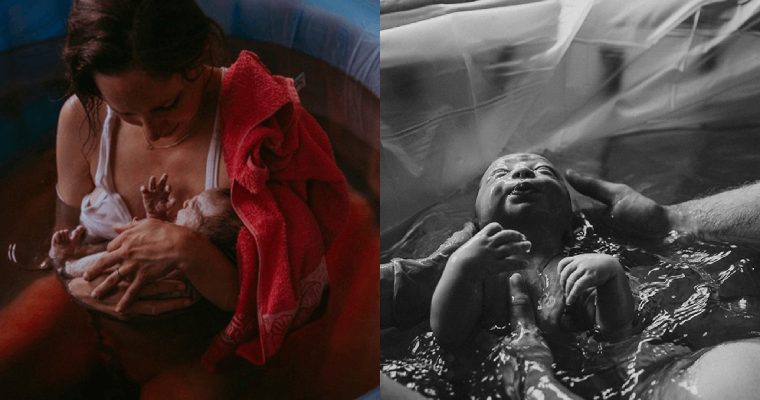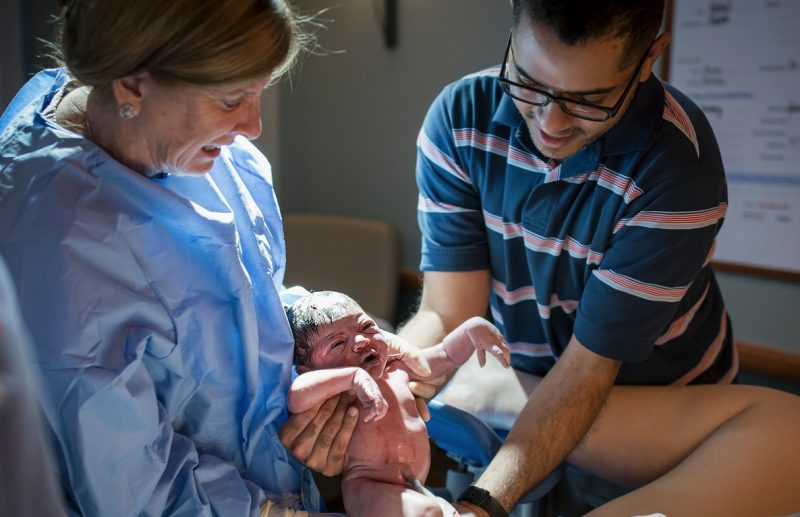On September 25, doctors at a hospital in Magura district (Bangladesh) were stunned with the birth of a baby.
The special thing is that the boy who was just born looked like an 80-year-old man when he suffered from a rare disease called Progeria.
This syndrome causes facial wrinkles, sunken cheeks, and sunken eyes that are characteristic of older people.
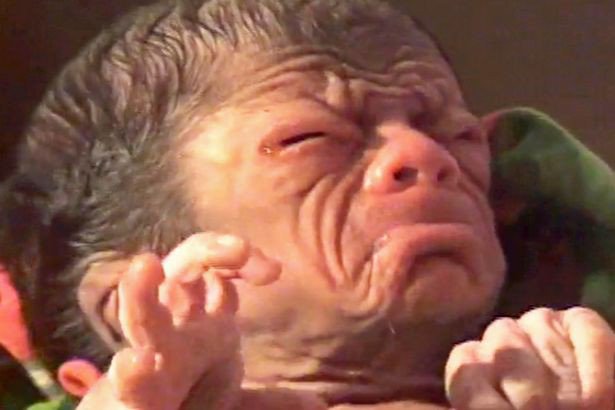
“The baby doesn’t look like a newborn at all ,” said a doctor who was treating the baby. “There are prominent signs of aging such as excessive wrinkles and rough skin texture.”
However, the baby’s parents were delighted with the birth of their miracle baby.
Biswajit Patro, the baby’s father, ecstatic in happiness shared: “We can only thank God. There is no need to be upset about my son’s appearance.
We accept him the way he is. We are very happy to have a baby boy.”
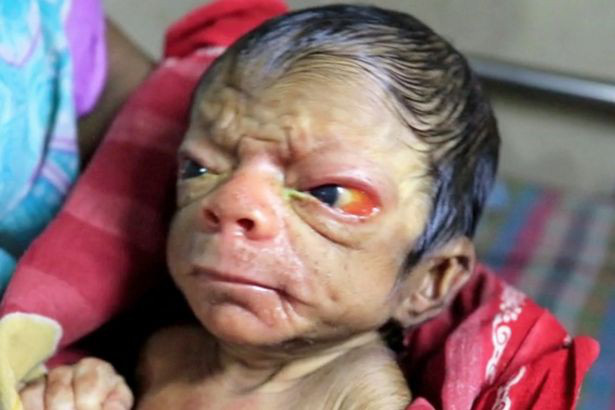
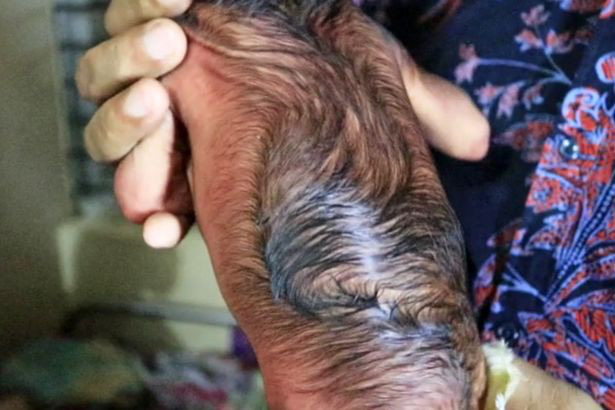
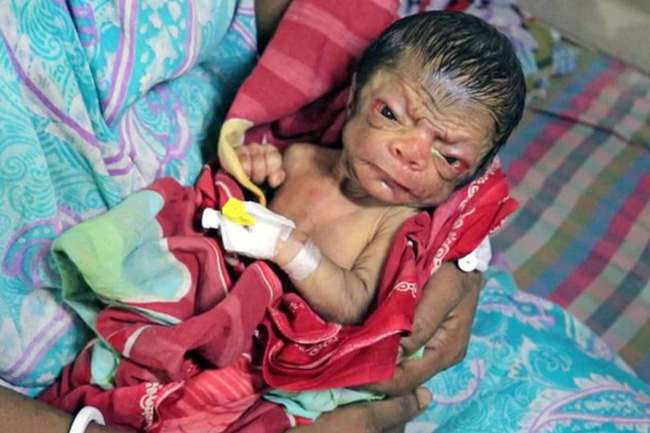
The baby’s parents are delighted that they have a son.
In the days when the boy was born, Biswajit and his wife, Parul Patro, were very busy as they had to host curious guests who came to their home just to catch a glimpse of their son.
“We received a lot of guests. From relatives, neighbors to people from neighboring villages, they came to see our son.
My wife and I are very happy about this ,” Biswajit added. “We are fortunate to have a daughter. Now we are a family of four. We couldn’t ask for anything more.”

Doctors at the local hospital have assured the family that they are and are trying to find a way to treat the baby. And Biswajit and his wife just hope “the baby grows up to be a healthy boy”.
What is Progeria?
Progeria, also known as premature aging, is a rare genetic condition, with an incidence of one in four million births worldwide. This disease is caused by a mutation in the LMNA gene.
This gene is responsible for the production of Lamin A protein – a protein that maintains the shape and stability of the cell nucleus.
When the LMNA gene mutation occurs, it loses the 50 amino acids at the carboxy terminus of prelamin A to form the protein progerin.
Progerin gradually accumulates in the nucleus of HGPS cells causing functional and morphological changes leading to premature aging.
Although they look healthy at birth, children with the condition usually don’t live past 13 years of age. Children grow very slowly and often have a large head, large eyes, small lower jaw, ears that stick to the head, small nose, and high-pitched voices.
Hair is usually very little, and eyebrows and eyelashes are almost gone. Baby’s skin is thin and pale. The subcutaneous fat will disappear by the time your baby is 6 months old.
Initially, the child had no cardiovascular symptoms.
But from 6 to 8 years old, children often have shortness of breath and high blood pressure, and at the same time, children also suffer from cardiovascular diseases: atherosclerosis, heart disease, cerebrovascular accident… However, in terms of intelligence Intellectually, children develop like other normal children.


